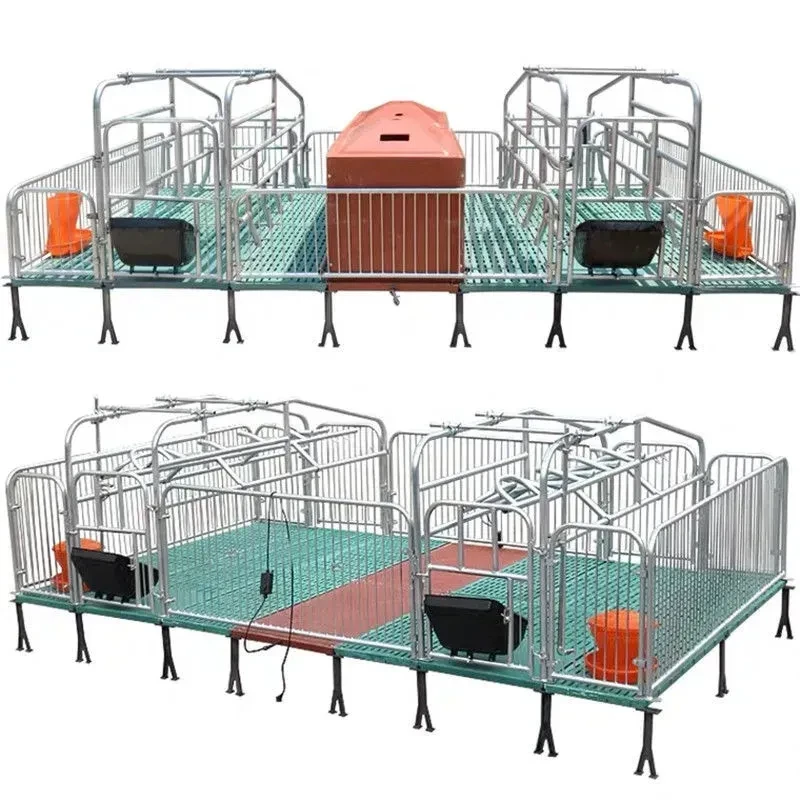chicken scalders
Oct . 06, 2024 10:09 Back to list
chicken scalders
Understanding Chicken Scalders The Key to Efficient Poultry Processing
In the poultry processing industry, efficiency and hygiene are paramount. One critical piece of equipment that plays a vital role in maintaining these standards is the chicken scalder. Chicken scalders are specialized machines used in the preparation of chickens for processing, specifically for removing feathers. The scalding process is essential as it helps to ensure that the final product meets the high-quality standards demanded by consumers while adhering to food safety regulations.
What is a Chicken Scalder?
A chicken scalder is a large tank filled with heated water, typically maintained at temperatures between 140°F to 160°F (60°C to 71°C). The water is heated to this specific range to facilitate the loosening of feathers from the chicken's skin without damaging the meat underneath. Scalding works by denaturing the proteins in the skin and feather follicles, allowing for an easier feather removal process, which follows in the subsequent steps of poultry processing.
Types of Chicken Scalders
There are two main types of chicken scalders batch scalders and continuous scalders.
1. Batch Scalders These are designed to process a specific number of chickens at a time. The chickens are placed into the scalding tank, where they are immersed in hot water for a set period. Batch scalders are often used in smaller processing facilities where production volumes are lower, allowing for more control over the process.
2. Continuous Scalders These units are designed for larger operations where high volume processing is needed. Chickens enter one end of the scalder and move through it on a conveyor belt, allowing for a constant flow of birds to be scalded. Continuous scalders are typically equipped with temperature control systems to maintain consistent water temperatures throughout the process.
The Scalding Process
chicken scalders

The actual scalding process involves several crucial steps
1. Pre-Immersion Preparation Before scalding, chickens are generally plucked and hung by their feet. This allows them to be efficiently immersed in the scalder.
2. Immersion The chickens are submerged in the heated water, typically for 30 to 90 seconds. The exact time depends on various factors, including the water temperature, the size of the chickens, and the specific scalding requirements.
3. Post-Scalding After immersion, chickens are removed from the scalder and transported to the feather plucking machines. The effectiveness of the scalding process directly influences the ease of feather removal and the quality of the chicken meat.
Importance of Temperature Control
Effective temperature regulation is crucial in the scalding process. If the water temperature is too low, the feathers may not come off easily, leading to increased processing time and labor costs. Conversely, if the water is too hot, it can cause skin burns and spoil the meat quality. Many modern scalders come equipped with advanced temperature control systems that monitor and adjust the water temperature automatically, ensuring optimal conditions throughout the scalding process.
Conclusion
In summary, chicken scalders are essential equipment in poultry processing plants, playing a crucial role in enhancing efficiency and quality. By employing either batch or continuous scalding methods, processors can ensure that chickens are effectively prepared for feather removal, which directly impacts the quality of the final product. As the poultry industry continues to evolve, the development and use of more advanced scalding technologies will likely enhance the sustainability, efficiency, and safety of poultry processing. Understanding these systems helps to appreciate the complexities involved in bringing high-quality chicken products to consumers while adhering to strict health and safety regulations.
-
Hot Sale 24 & 18 Door Rabbit Cages - Premium Breeding Solutions
NewsJul.25,2025
-
Automatic Feeding Line System Pan Feeder Nipple Drinker - Anping County Yize Metal Products Co., Ltd.
NewsJul.21,2025
-
Automatic Feeding Line System Pan Feeder Nipple Drinker - Anping County Yize Metal Products Co., Ltd.
NewsJul.21,2025
-
Automatic Feeding Line System - Anping Yize | Precision & Nipple
NewsJul.21,2025
-
Automatic Feeding Line System - Anping Yize | Precision & Nipple
NewsJul.21,2025
-
Automatic Feeding Line System-Anping County Yize Metal Products Co., Ltd.|Efficient Feed Distribution&Customized Animal Farming Solutions
NewsJul.21,2025






